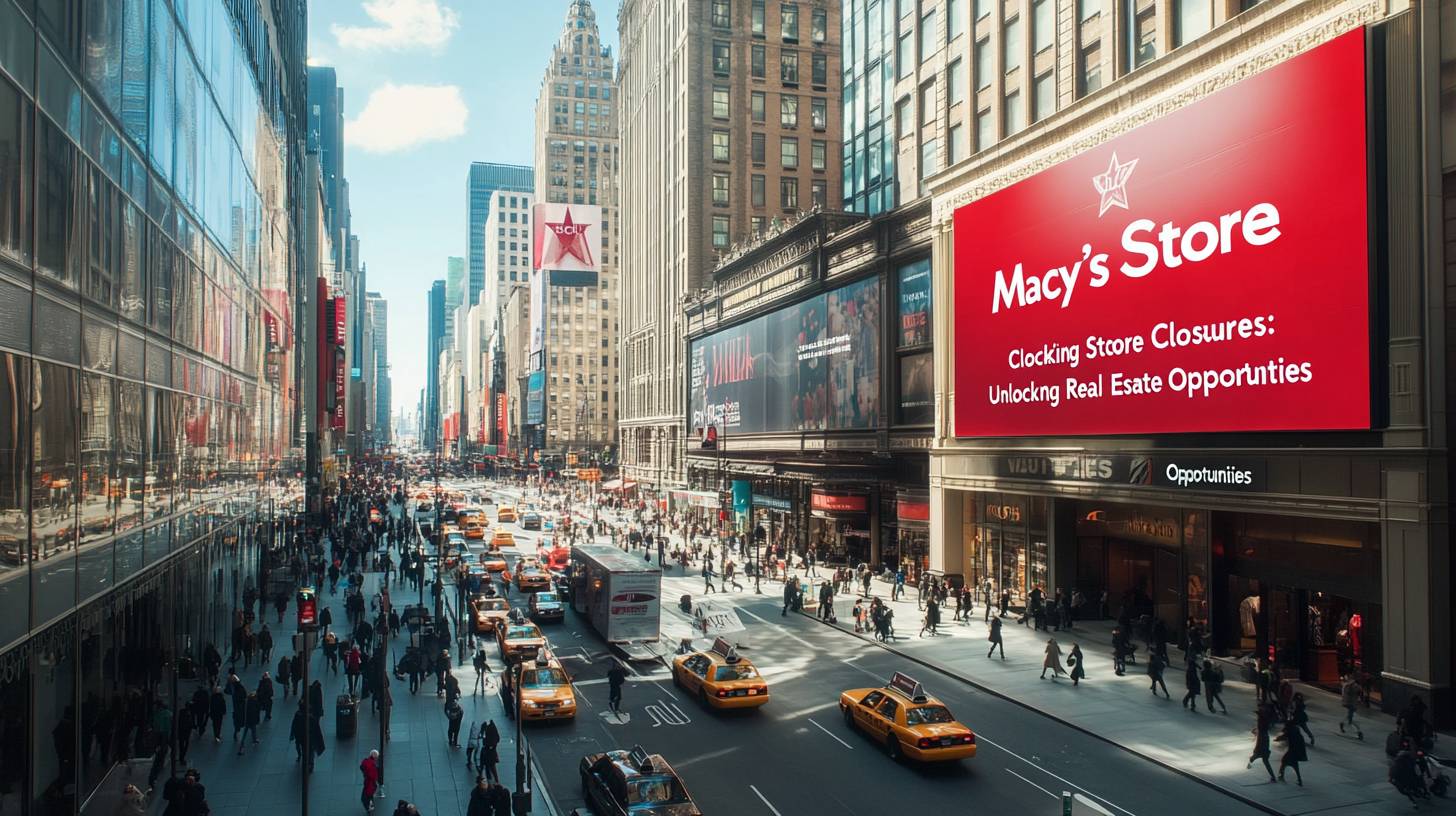
Macy’s reorganization plans and store shutdowns
This year, Macy’s unveiled its intention to close around 30% of its retail locations, particularly affecting small-town shopping malls while creating openings for expansion in the commercial real estate sector. In February, Macy’s disclosed that it would shut down approximately 150 stores nationwide by 2027 as part of a reorganization effort. This strategy aims to respond to the rapid rise of online shopping and shifts in consumer retail habits.
With the remaining 350 stores, Macy’s plans to concentrate on its upscale, more lucrative brands. However, the ongoing decline and closure of numerous stores have been persistent challenges for Macy’s over the last ten years, with the company shuttering more than a third of its locations during that time.
Which Macy’s stores will be closed, and what criteria will be used?
Macy’s has yet to announce the specific stores that will shut down, but the strategy involves keeping stores with strong sales figures while phasing out those that are underperforming. The 150 locations slated for closure represent 25% of the brand’s total square footage but account for less than 10% of sales, according to Macy’s CEO Tony Spring. Spring mentioned that Macy’s has “too many stores that were established for a different time,” and adjusting to current consumer preferences is vital for success.
Macy’s shares are approximately 13% above their value from a year ago.
Effects on small-town malls and commercial real estate potential
The downsizing of Macy’s and other department stores has significantly influenced small-town shopping centers, many of which now face the risk of being demolished or converted. This trend extends beyond the U.S.; it reflects a worldwide transformation in retail practices, including in Australia, where the conventional mall environment is being reassessed. The shutting down of anchor stores such as Macy’s commonly triggers a chain reaction, compelling smaller businesses to contend with decreased foot traffic and, ultimately, leading to increased vacancies.
In Australia, the retail scene is also changing, with a marked move toward mixed-use developments that blend retail, residential, and office environments. This trend is fueled by a desire to establish lively community hubs that provide more than mere shopping options. The conversion of underperforming malls into these multifunctional spaces offers a lucrative opportunity for investors and developers, especially in regional locations where such initiatives can rejuvenate local economies.
The commercial real estate sector is set to gain from these transformations. As conventional retail spaces become vacant, there’s a chance for innovative redevelopment projects that meet the evolving requirements of consumers. In Australia, the demand for logistics and warehousing facilities is surging, propelled by the expansion of e-commerce. This transition offers a chance for the commercial real estate industry to shift focus and take advantage of the growing need for distribution centers and last-mile delivery facilities.
Furthermore, the Australian commercial real estate market is projected to sustain its growth trend, with an emphasis on sustainability and technology-driven innovations. Investors are increasingly seeking properties that provide energy efficiency and intelligent building technologies, aligning with global movements toward greener, more sustainable developments. As the market transforms, there lies a strong opportunity for Australian investors to engage with these trends and spearhead innovation in the industry.
While the downturn of traditional retail spaces poses difficulties, it simultaneously unveils a multitude of possibilities for the commercial real estate sector. By embracing shifts and adjusting to new consumer patterns, there’s potential for substantial growth and evolution in the industry, both within Australia and on a global scale.

